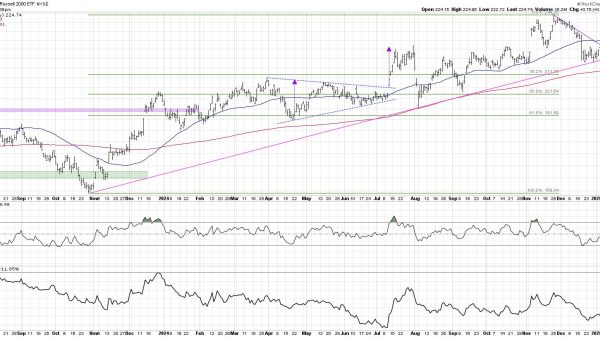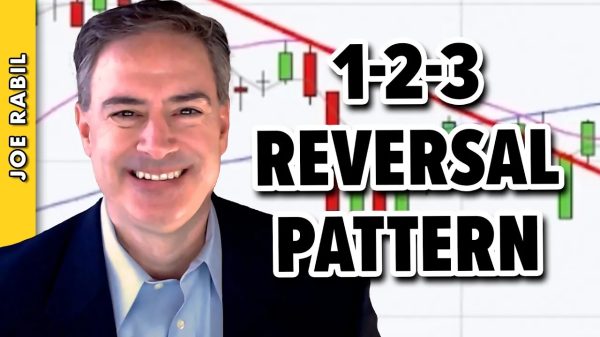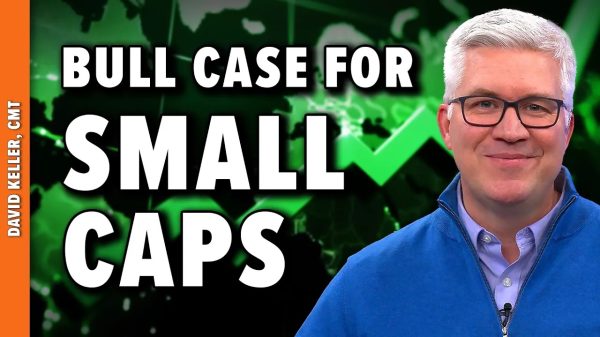Businesses often accumulate a significant amount of stock and equipment, both of which are critical assets.
In order to protect your investments and ensure you are adequately covered by business contents insurance, your stock and equipment need to be valued accurately. In this guide, we’ll walk you through the process of valuing your assets, helping you make informed decisions to protect your business.
Understanding the importance of accurate valuation
Before diving into the valuation process, it’s essential to understand why accurate valuation matters. Underestimating the value of your stock and equipment can lead to being underinsured. In such cases, your insurance payout might not cover the full cost of replacement or repair, leaving you financially exposed. Overestimating, on the other hand, may result in higher insurance premiums than necessary.
Adequate coverage: Proper valuation ensures that your contents insurance policy provides sufficient coverage to replace or repair your assets in case of loss, damage or theft.
Premium estimation: An accurate valuation helps your insurance provider determine the appropriate premium for your policy.
Seamless claims: An accurate valuation minimises disputes and delays during the claims process.
The valuation process
Most insurance policies cover the purchase price of your stock, excluding potential profits. It’s also wise to exclude any VAT that your business can reclaim when determining the stock’s value. To ensure you have the right coverage, assess your stock’s value across the following stages:
Material costs – Determine the market cost of materials used in your products. Factor in all related expenses, such as shipping, delivery, storage fees and any non-refundable taxes. These collective costs contribute to the valuation of your raw materials.
Work in progress – The term “work in progress” refers to assets that require a significant amount of time to complete. When evaluating items in progress, calculate the cost of raw materials and any directly related manufacturing expenses. This includes accounting for direct factory overheads tied to the manufacturing process.
Materials wasted – Even materials that might seemingly take a backseat can hold commercial value and have an established market rate. Include the value of these materials in your stock assessment. It’s important to acknowledge any byproducts that can be sold or repurposed.
Other factors to consider
Documentation and records: Start by collecting detailed documentation and records of your business assets. This includes purchase receipts, invoices, depreciation records, and any other relevant financial documents. It will be easier to value your assets if you keep track of their purchase and maintenance.
Calculate replacement costs: A replacement cost is what you’d pay to replace an asset with a similar one. Consider the cost of purchasing new stock and equipment, including any upgrades or modifications needed to match your current setup. Research suppliers and market prices to get an accurate estimate of replacement costs.
Depreciation consideration: Depreciation is the reduction in an asset’s value over time due to wear and tear. While replacement costs are important, factoring in depreciation is crucial for a realistic valuation. Some assets may have a higher depreciation rate than others, so assess each item individually.
Consider seasonal fluctuations: Stock levels can fluctuate seasonally, so make sure your contents insurance covers them. Adjust your coverage periodically to reflect the highest anticipated stock levels during peak seasons. Failure to do so could leave you underinsured.
Factor in business growth: As your business expands, your stock and equipment inventory will likely increase as well. Regularly review your contents insurance policy to ensure that it accommodates your growing needs. Failing to update your coverage could leave you exposed to potential losses.
Seek professional guidance: Valuing your business assets for insurance purposes can be complex, especially if you have unique or high-value items. Consulting insurance professionals, accountants, or appraisers can provide valuable insights and ensure that your valuation accurately reflects the true value of your assets.
Document the valuation process: Make sure you keep a detailed record of your valuation process, including the methods used, supporting documents, and any experts you consulted. This documentation can serve as evidence in the event of a claim dispute and help demonstrate the validity of your valuation to your insurance provider.
Read more:
A Comprehensive Guide to Valuing Your Stock and Equipment for Insurance Purposes























